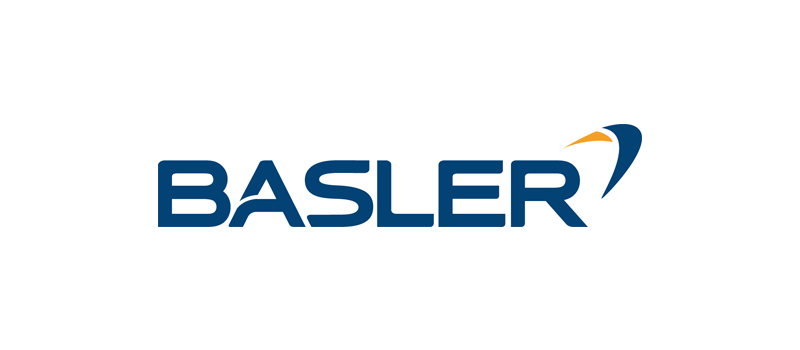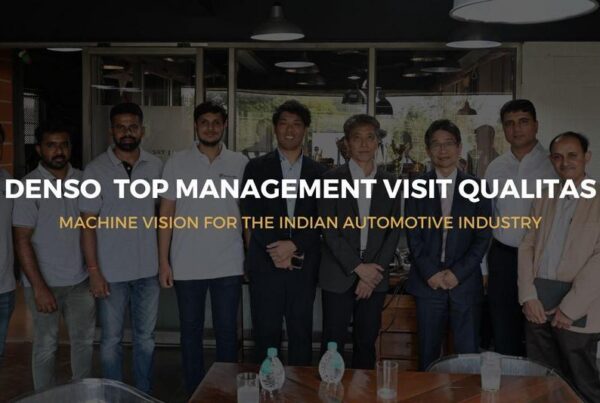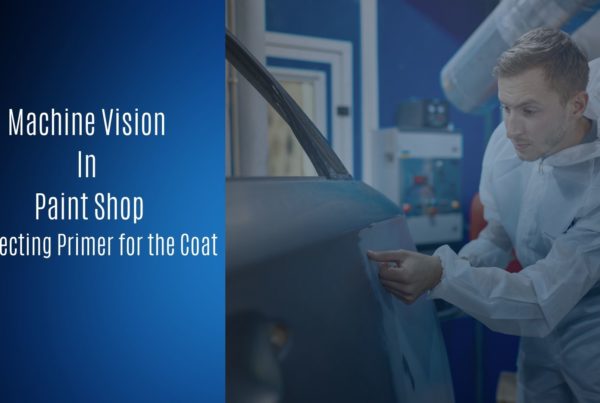
Quality Control Process in the Food Industry is usually divided into two segments. The primary quality checks are done on the product itself (biscuits, beverages, etc) and the secondary on the Packaging and Print lines. In primary inspection, it is absolutely critical that the quality check process is non-intrusive and accurate. This is since the composition of the product cannot be altered, while at the same time the shape/size/color of the product must be uniform to ensure customer satisfaction.
Watch Video Of Biscuit Quality Inspection –
Contact us for complete non-intrusive, real-time accurate inspection of Food products for Automation in Quality!





